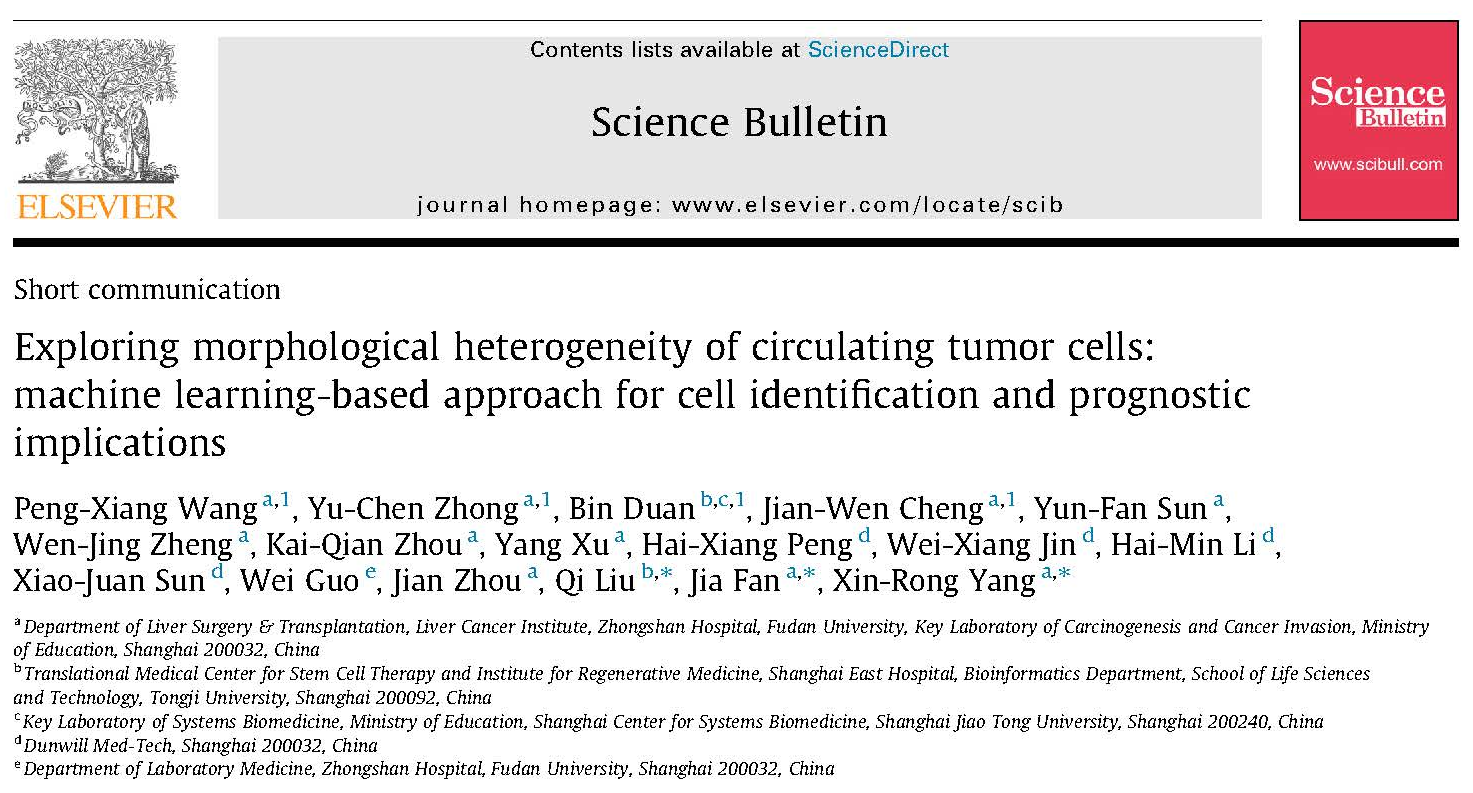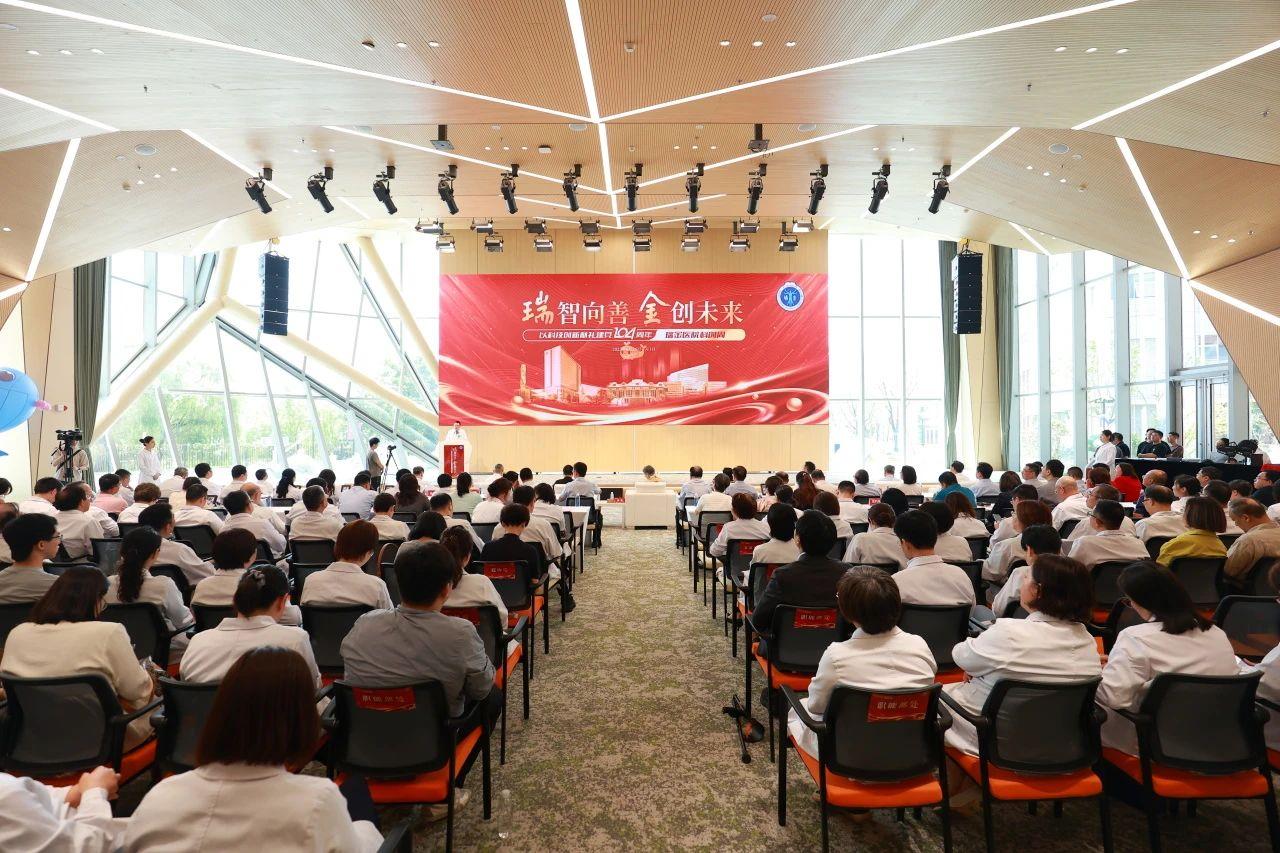Digital Intelligence Navigation | Unveiling the Intelligent Radar of Liver Health Management
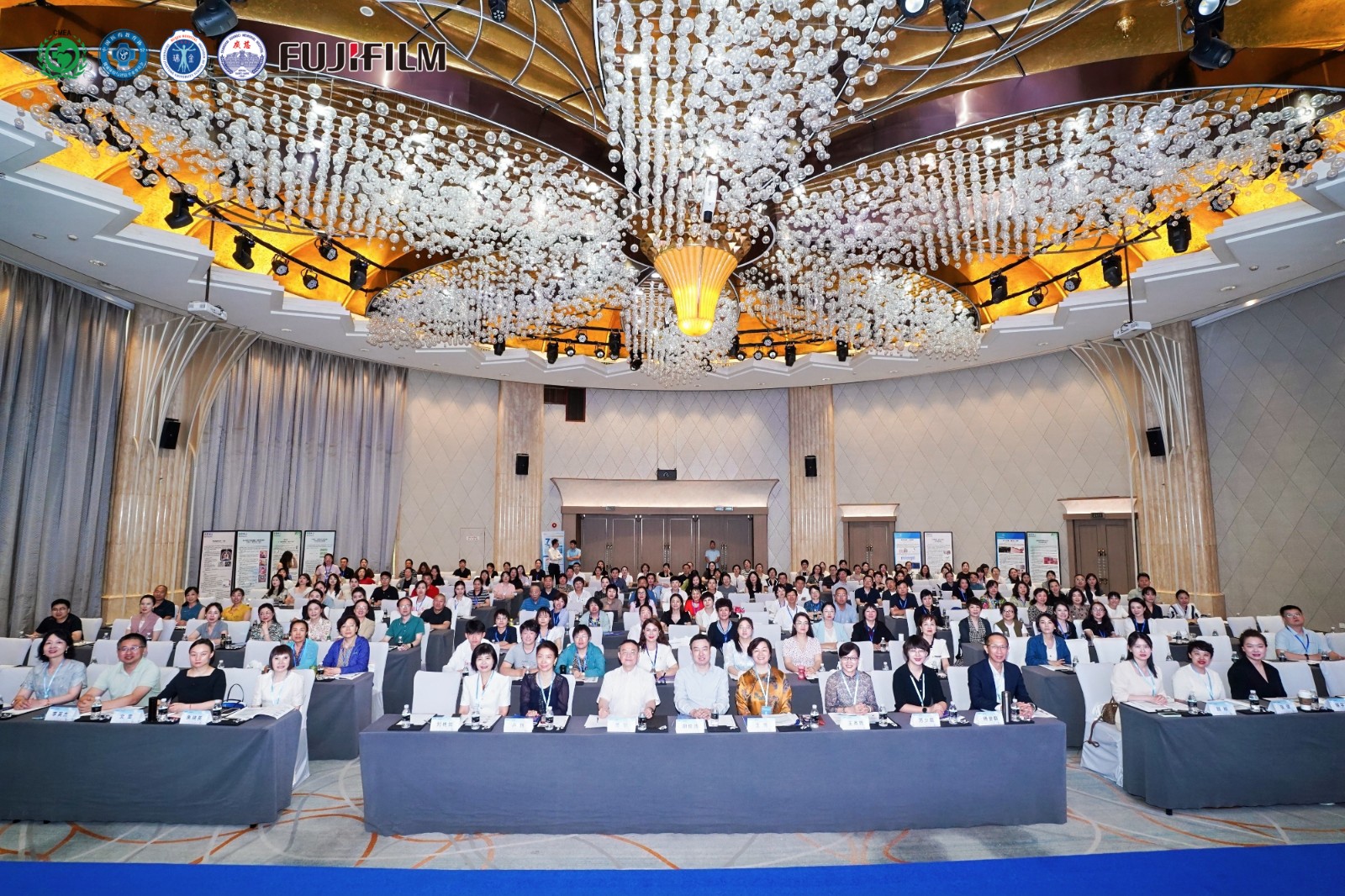
In early summer, Shanghai welcomed a highly anticipated health management event - the 2025 Annual Meeting of the Health Examination and Evaluation Professional Committee of the China Medical Education Association and the Shanghai Health Management Academic Seminar. Numerous renowned academicians, scholars, and frontline experts gathered to conduct in-depth discussions on the theme of "AI and Financial Insurance Assisting in Whole Life Cycle Health Management", contributing valuable wisdom to promoting the construction of a Healthy China.
At the sub forum on "Early Cancer Screening and Health Precision Assessment" held on the morning of June 22nd, Professor Zhang Chenli, Chief Physician of the Department of Gastroenterology at Ruijin Hospital Affiliated to Shanghai Jiao Tong University School of Medicine, presented a wonderful report entitled "X" of the "1+X" Model - Liver Cancer Special Project: Innovative Construction of Multi modal Fusion Model in Liver Health Full Cycle Management ". The report systematically expounded the innovative practice of the miRNA7 multimodal fusion model based on AI technology in liver full cycle management, and received high praise from the attending experts.
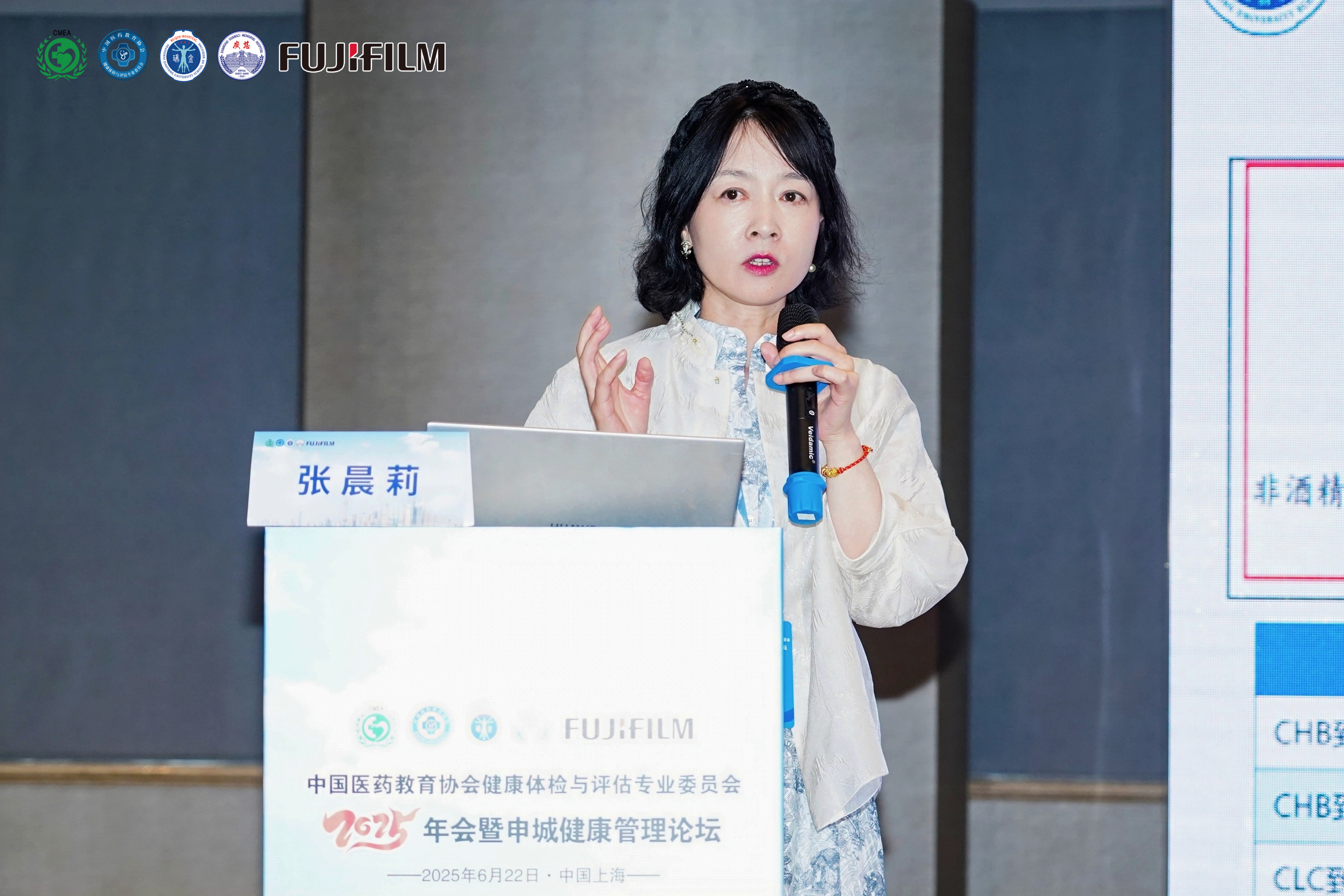
Professor Zhang first introduced that artificial intelligence is profoundly transforming the field of healthcare, from drug development to disease prediction, and its applications have penetrated the entire healthcare chain. In the field of health management, predictive analysis based on big data has demonstrated its unique value - it can accurately assess risks before disease occurs, guide proactive intervention, and truly realize the precision medicine concept of "prevention is greater than cure". At the same time, the breakthrough progress of multimodal data fusion technology is driving a qualitative leap in health management. By integrating multiple sources of data such as clinical, imaging, and molecular testing, and combining dynamic iterative analysis, a multi-dimensional intelligent decision-making system can be constructed. This not only significantly improves the accuracy of individualized risk assessment, but also provides innovative solutions for health management.
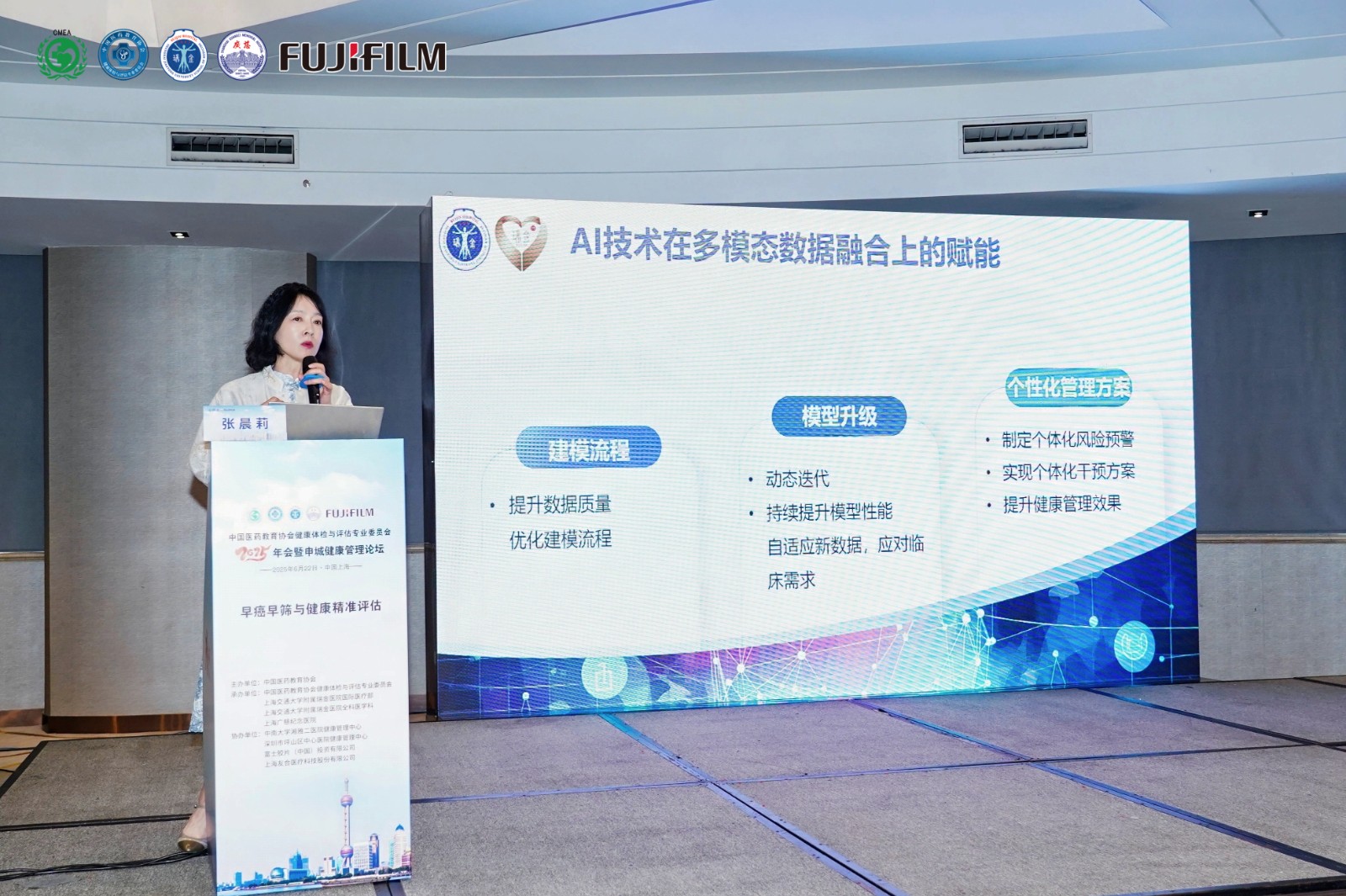
Professor Zhang pointed out that China, as a country with a high incidence of liver cancer, is currently facing the problem that metabolic dysfunction related fatty liver disease (MASLD) causes the incidence rate of hepatocellular carcinoma (HCC) to continue to rise. How to effectively block the progression of fatty liver disease to liver dysfunction and liver cancer has become an important issue in the current medical field. Early screening and diagnosis, as a core strategy to reduce the burden of liver cancer in China, has been included in the national public health strategy and has received multiple policy supports. At present, early screening for liver cancer mainly relies on traditional detection methods such as alpha fetoprotein (AFP), ultrasound, and CT, but these methods have significant limitations. Data shows that 30% -40% of liver cancer patients test negative for AFP, which can easily lead to missed diagnosis; The sensitivity of ultrasound for early liver cancer is only 45%, and even when combined with AFP detection, the sensitivity is only 63%. Therefore, there is an urgent need for more reliable and effective methods to improve early diagnosis rates.
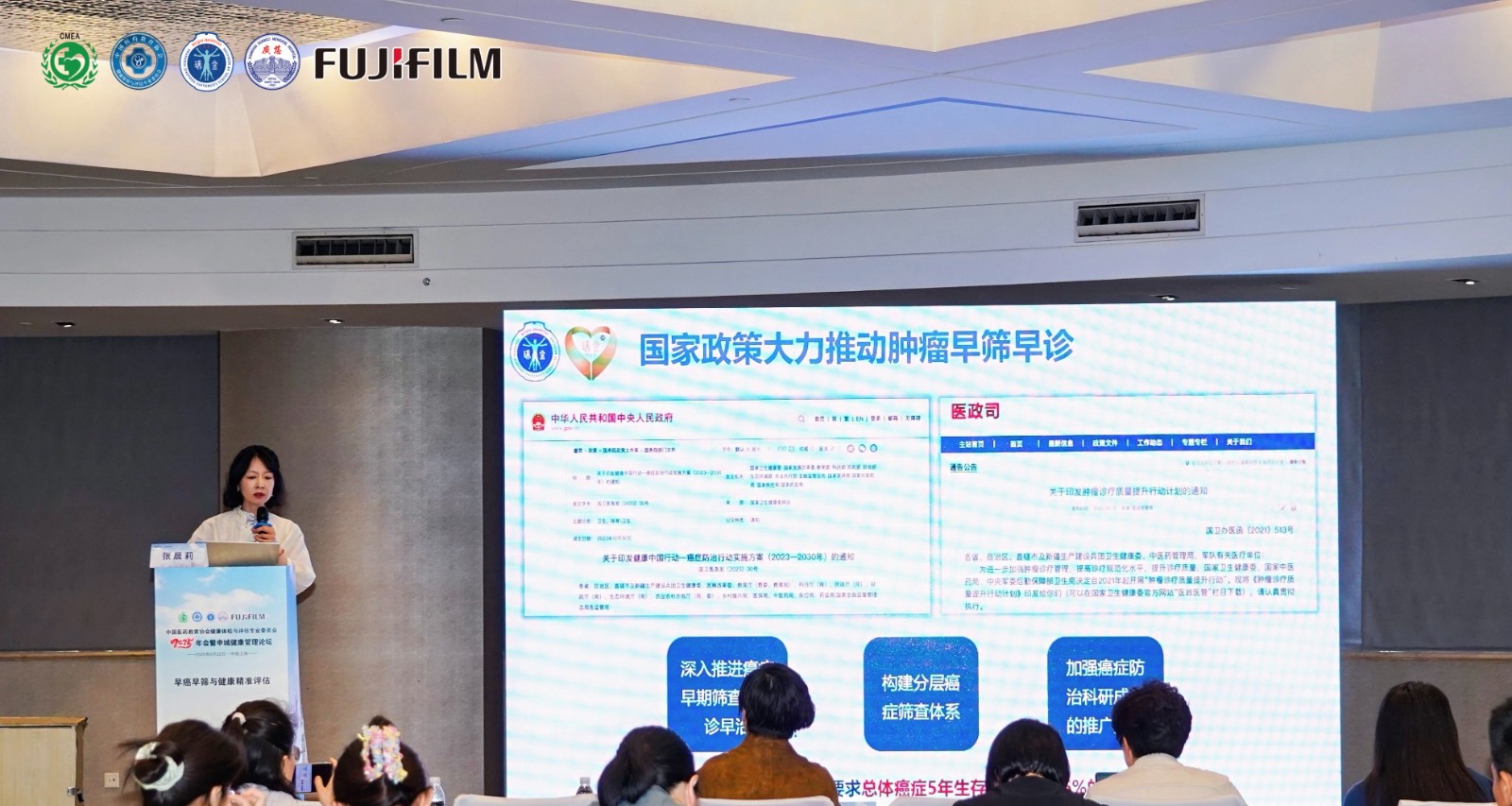
It is worth noting that miRNA7, as a new technology for peripheral blood liver cancer nucleic acid detection, has a detection rate of 86.1% for extremely early liver cancer, which is 30% higher than AFP and demonstrates excellent diagnostic performance; miRNA7 can accurately identify AFP negative liver cancer patients, with a sensitivity and specificity of 77.7% and 84.5%, respectively, greatly reducing the missed diagnosis of early liver cancer patients due to AFP negativity. Clinical studies have shown that miRNA7 has an AUC value of 0.936 in BCLC stage 0 liver cancer, demonstrating excellent early warning ability. In addition, through large sample and multi center verification, miRNA7 can effectively identify HCC population from healthy population, hepatitis B population and cirrhosis population, and shows stable performance. Subsequently, Professor Zhang vividly demonstrated the unique advantages and application value of miRNA7 in early liver cancer screening through two typical cases. In Case 1, miRNA7 provided an 18 month early warning of liver cancer risk compared to imaging. The patient promptly underwent minimally invasive surgery to remove a 2cm tumor, achieving curative treatment and significantly improving survival prognosis. In Case 2, despite traditional markers such as AFP, DCP, and AFP-L3 being negative, miRNA7 still accurately detected a small liver cancer of 1.5cm, filling the blind spot of traditional blood testing.
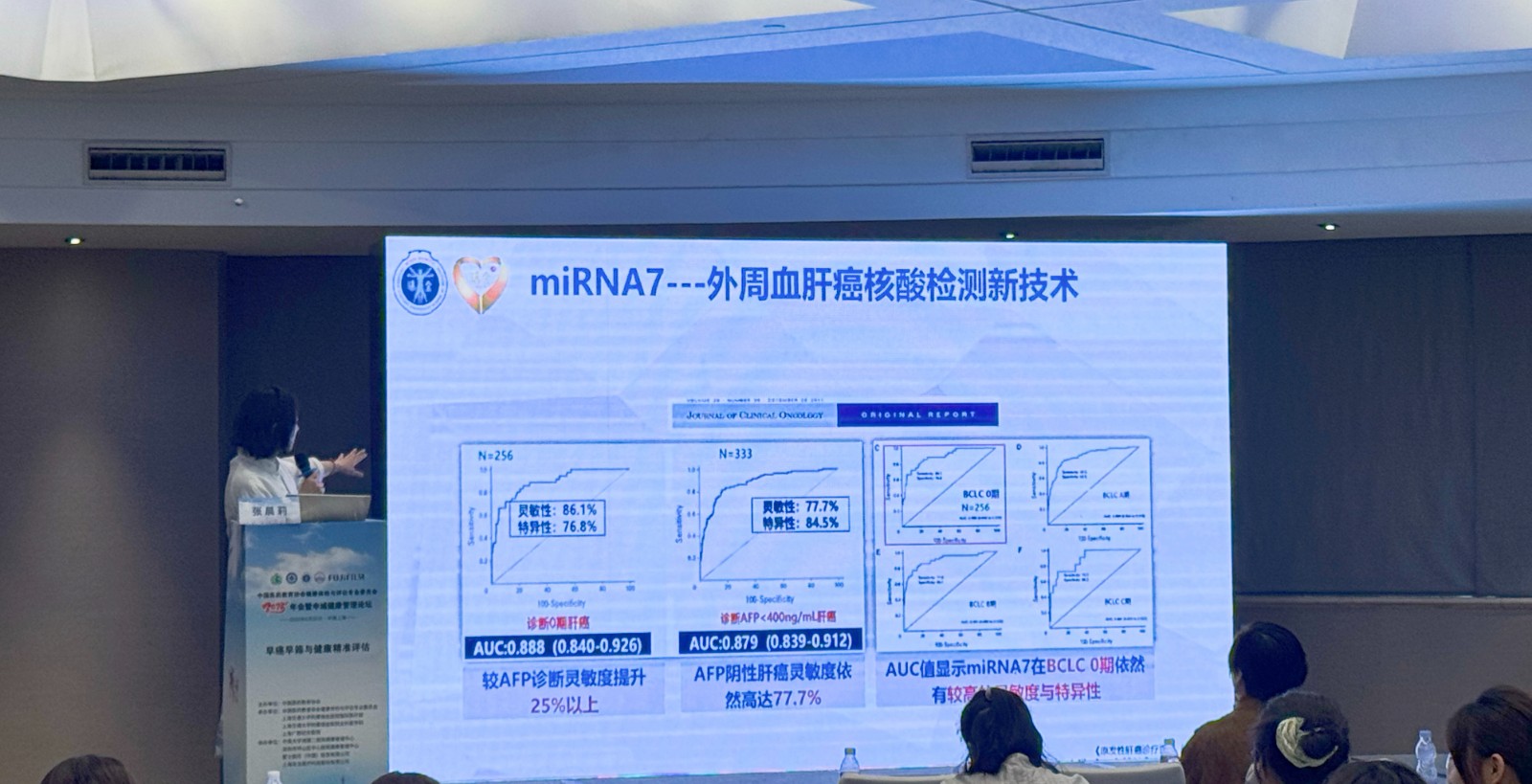
Finally, Professor Zhang highlighted the innovative practice of multimodal fusion model in the full cycle management of liver health - miRNA7 multimodal fusion model GALADM. This model integrates miRNA7 detection data, patient basic information, and multiple clinical indicators, and uses multimodal fusion algorithms for precise analysis, effectively breaking through the limitations of single detection and significantly improving screening efficiency and economy. Clinical studies have confirmed that this model performs well in the differential diagnosis of liver cancer in the very early and early stages: its ability to distinguish between HCC and non-HCC populations is not only significantly better than single indicator detection, but also surpasses all previous models. It can cover early warning and dynamic monitoring of high-risk populations for liver cancer, achieving full cycle management; Accurately identify low/medium/high-risk populations and assist in hierarchical health management; It has better health economics benefits and provides efficient and economical solutions for medical institutions to carry out precise health management.
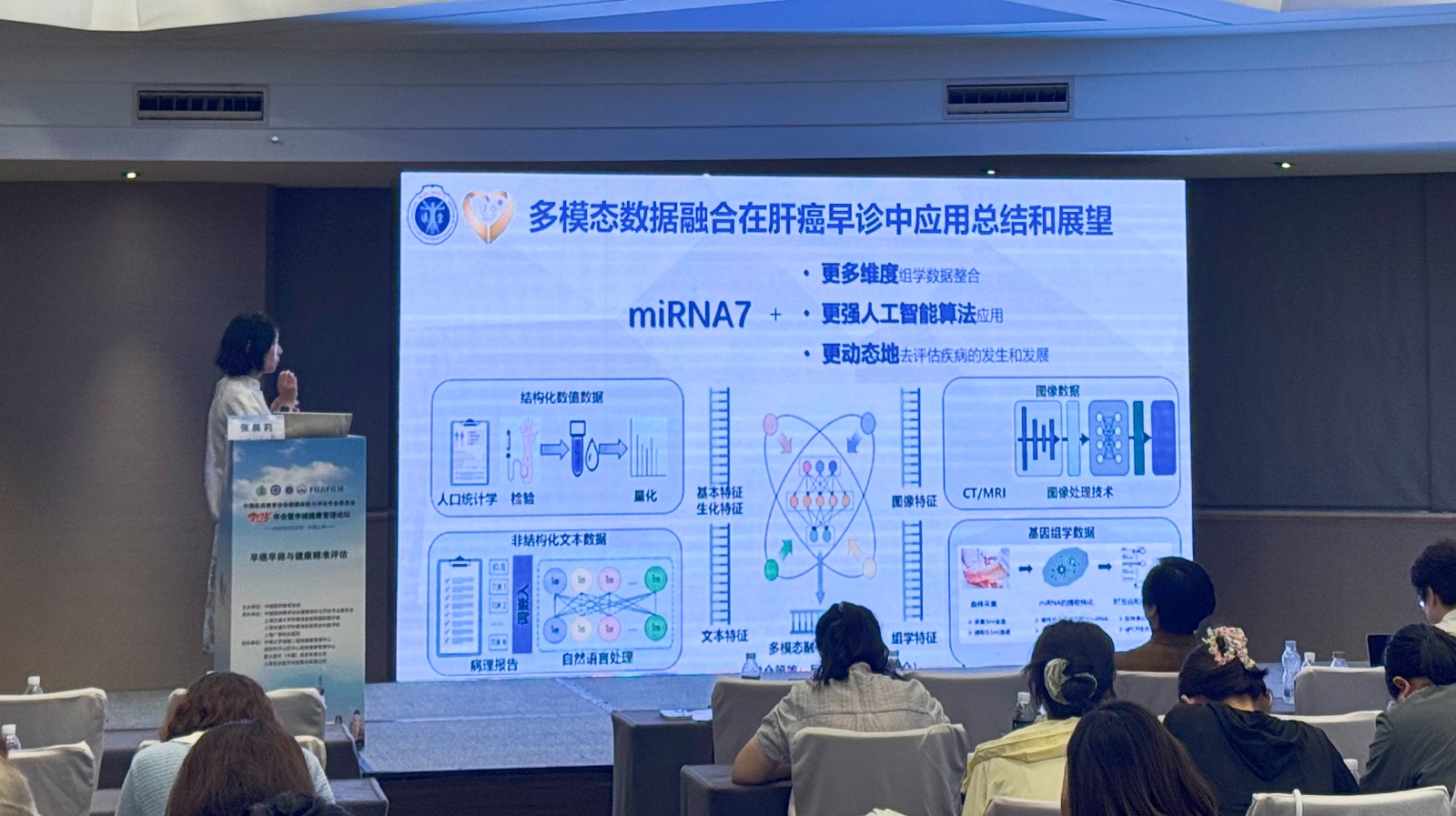
At this conference, experts not only shared cutting-edge academic achievements and practical experience, but also had productive exchanges on topics such as the construction of health management disciplines, technological innovation, and industry development. This will effectively promote the implementation of health management services for the whole population and the entire cycle, and provide important support for the achievement of cancer prevention and control goals.
Looking ahead to the future, Dunwill Medical will continue to promote the clinical translation research of miRNA7 multimodal fusion model, providing smarter and more accurate solutions for the full cycle health management of liver disease, making this innovative technology truly benefit patients, and contribute to improving the early diagnosis rate of cancer and the overall health level of the population in China.
